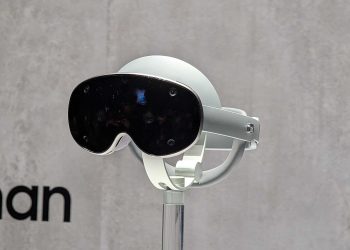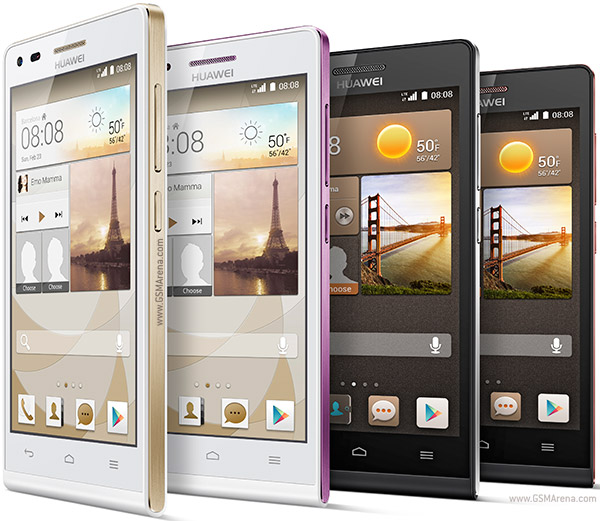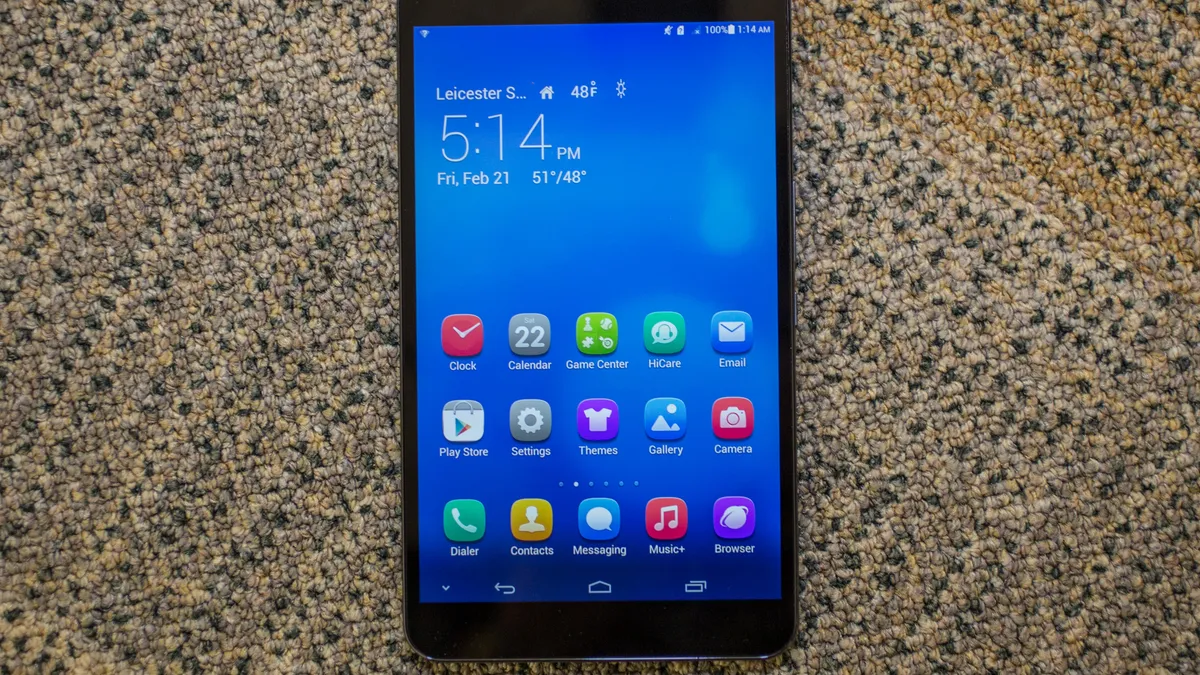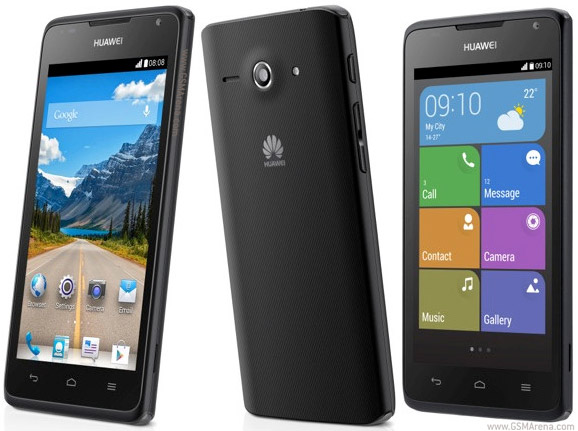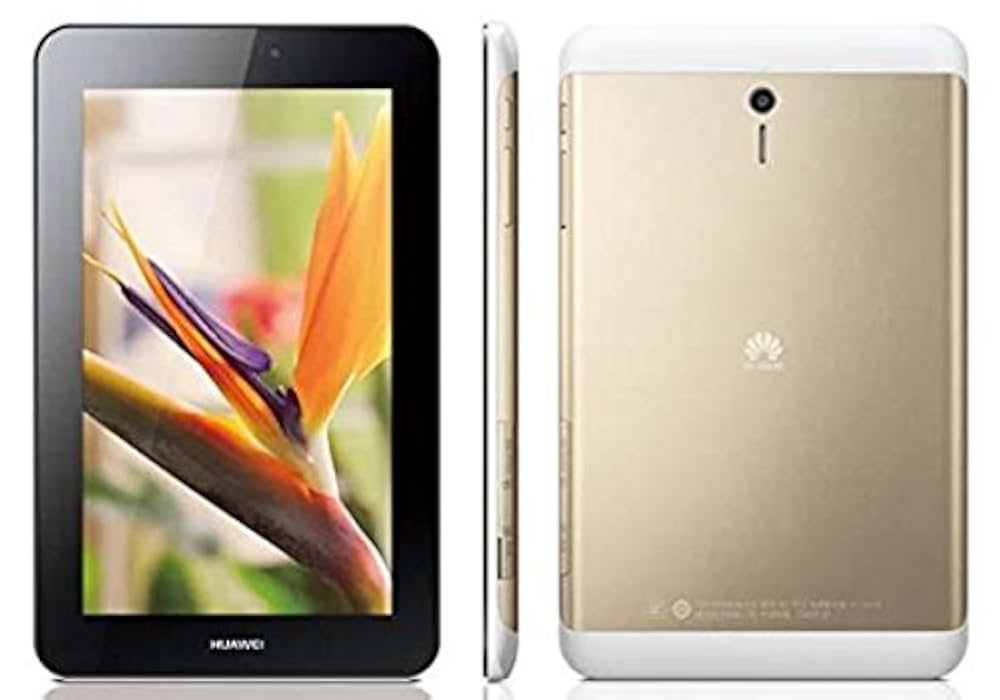Apple is preparing to launch the iPhone 17 series, but global analysts are already signaling higher prices across several models. Early reports suggest that the iPhone 17 Pro, Pro Max, and the rumored ultra-thin Air variant could see price increases of $50 to $100 compared to their predecessors.
Why the iPhone 17 Could Be More Expensive
A combination of global and regional factors is driving up costs. Rising U.S. tariffs are pressuring Apple to revise its pricing strategy worldwide. At the same time, the company is working to shift part of its production away from China to India, a move that reshapes supply chains but also comes with transitional expenses.
In addition, Apple’s suppliers have been required to adopt more factory automation, which increases operational efficiency but adds to production costs in the short term. Industry experts note that even if Apple absorbs a share of these expenses, consumers are still likely to feel the impact at checkout.
The Challenge for Kenyan Consumers
For buyers in Kenya, the situation is particularly complex. Apple does not have official retail stores in the country, meaning all iPhones are imported through distributors and independent resellers.
This setup has historically led to significant price markups, often making iPhones some of the priciest handsets in the local market. In many cases, retail prices in Nairobi are equal to—or even higher than—those in international markets, even before global price hikes are factored in.
Most iPhones sold in Kenya are sourced from China, Dubai, and increasingly India, with distributors like Redington Kenya playing a key role. However, with limited official oversight, pricing is largely determined by retailers.
What Price Increases Could Look Like in Kenya
A global increase of $50–$100 could translate locally into an additional KES 15,000–20,000 depending on the model and configuration. On top of this, Kenyan resellers often add hefty markups, pushing final shelf prices even higher.
Despite these challenges, the Kenyan market has historically absorbed price increases, fueled by strong demand among urban, middle-to-high-income buyers. At the same time, a second-hand and refurbished iPhone market continues to thrive, offering alternatives for cost-conscious consumers.
Prestige vs. Cost: The iPhone 17 Dilemma
With the iPhone 17 series launch drawing closer, Kenyan buyers will once again have to weigh prestige against affordability. For many, the iPhone remains not just a smartphone but also a status symbol and an investment in long-term software support and reliability.
However, with the expected surge in prices, consumers may need to consider alternatives such as installment payment plans offered by local retailers, holding on to older models longer, or exploring refurbished options to balance cost and functionality.
READ MORE: Apple Launches iPhone 17 with Advanced Camera System and Smarter Display




